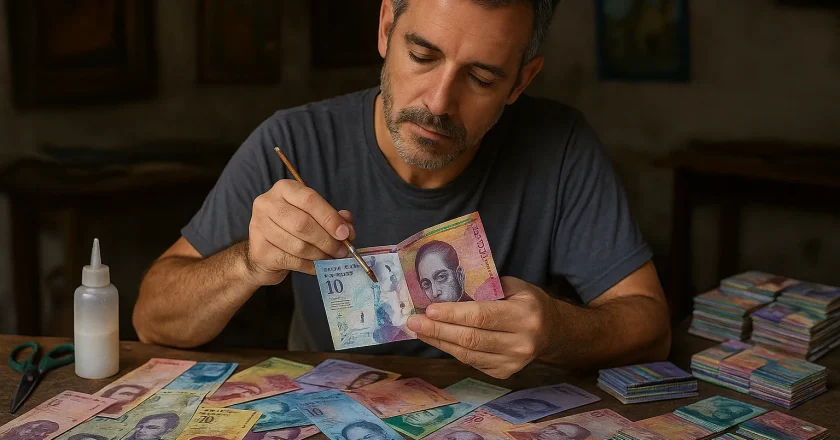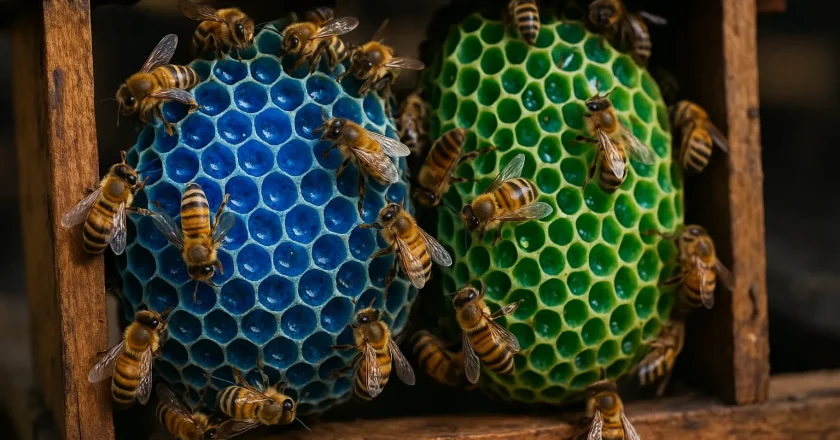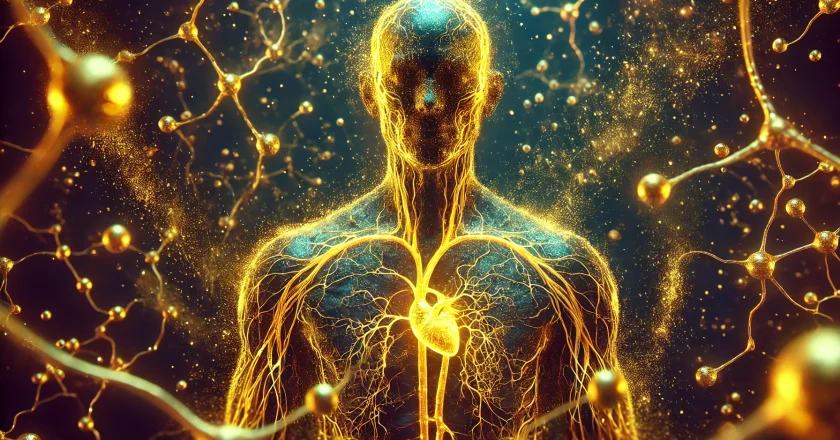“The Conqueror” (1956): How One Hollywood Film Became a Silent Tragedy of Radiation, Denial, and Deadly Consequences
In 1956, Hollywood released The Conqueror, a lavish historical epic starring John Wayne as Genghis Khan. On the surface, it was just another mid-century studio production—expensive sets, sweeping desert landscapes, and the confident belief that spectacle alone could carry a film to success. What no one acknowledged publicly at the time, and what would take decades to fully understand, was that The Conqueror would become one of the darkest cautionary tales in film history. Not because of its artistic failure, but because of what it did to the people who made it.
Over the following decades, an unusually high number of cast and crew members developed cancer. Many died young. The pattern was so striking that it could not be dismissed as coincidence. At the center of the controversy was a grim...




















